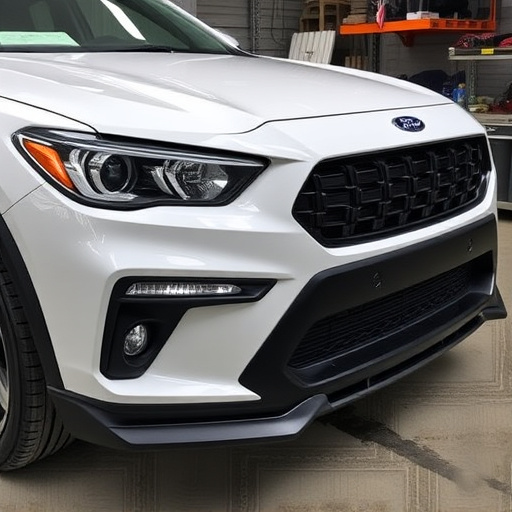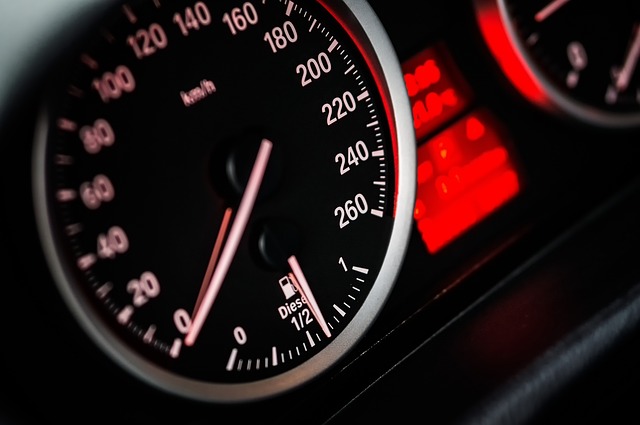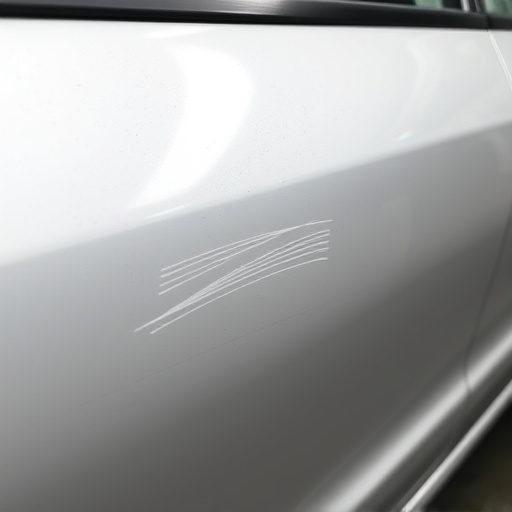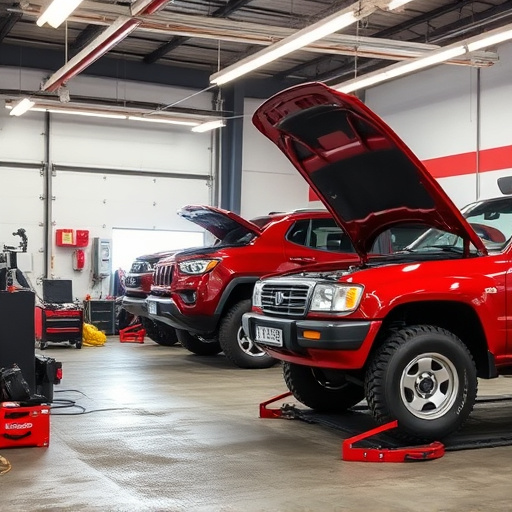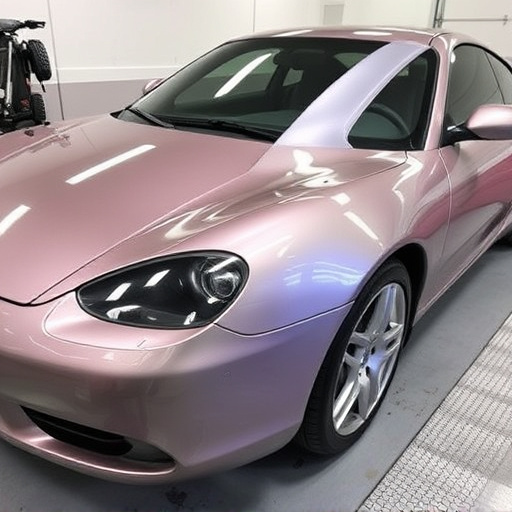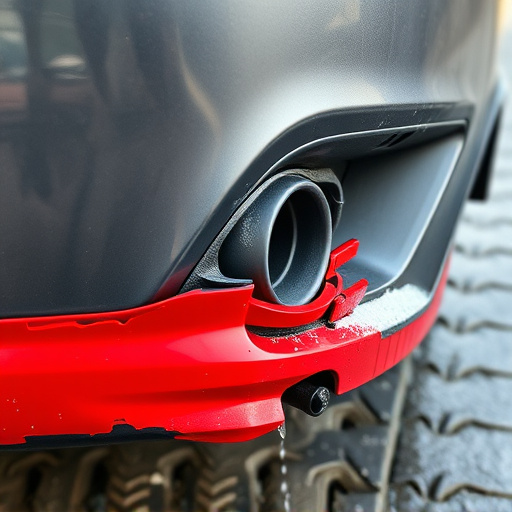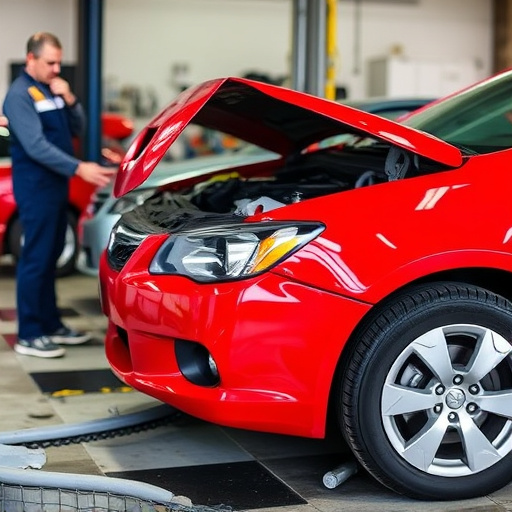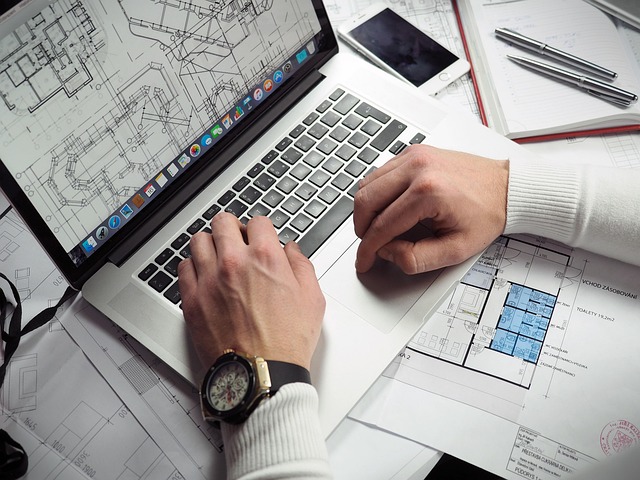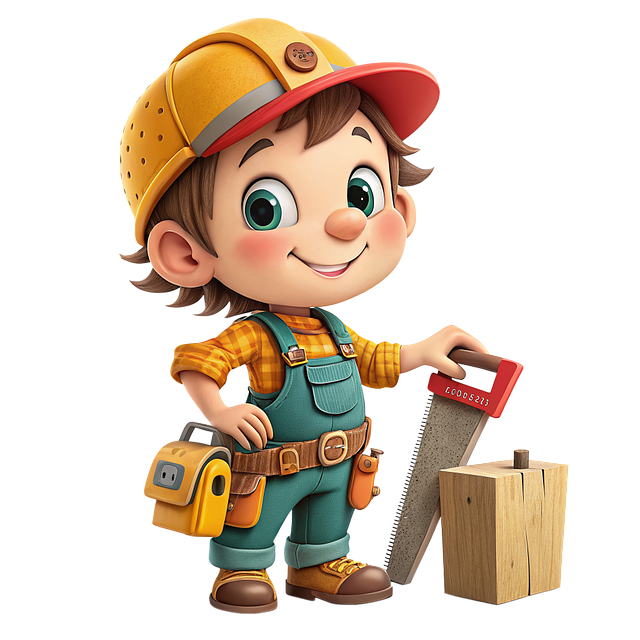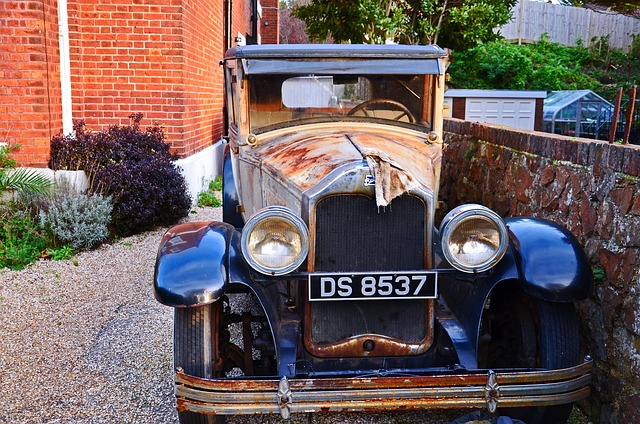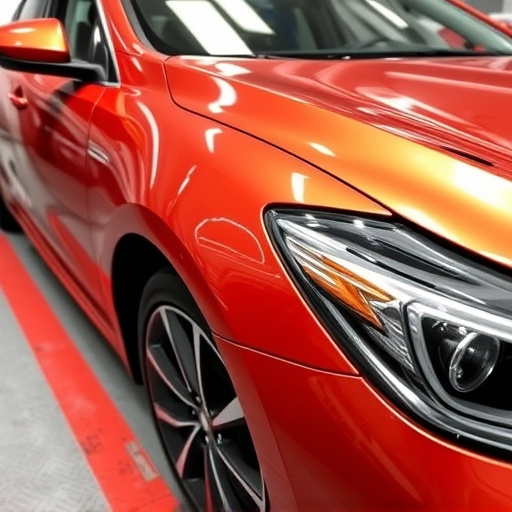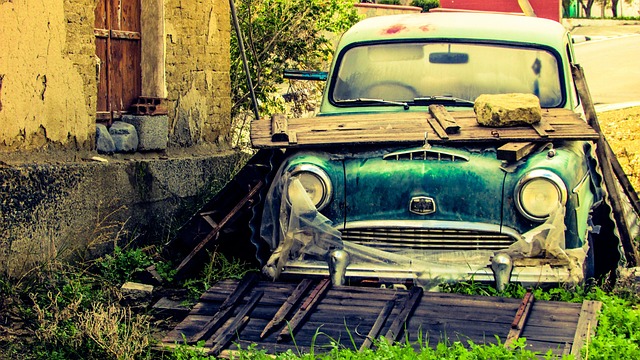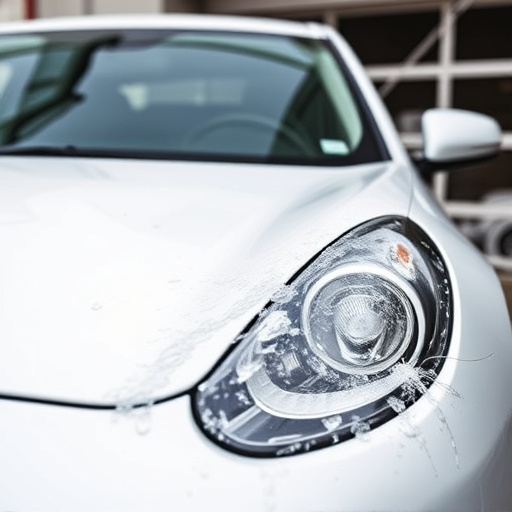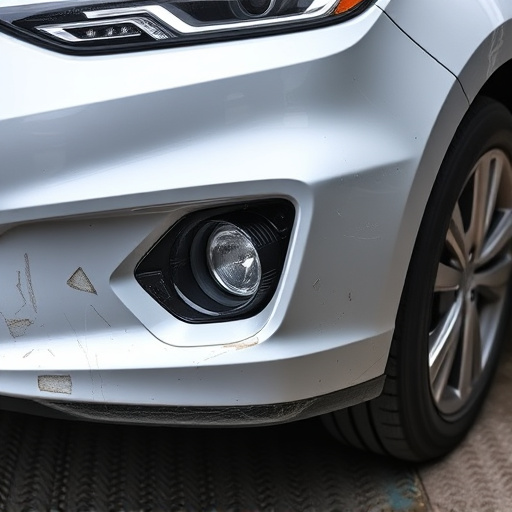For successful domestic auto body repair, a well-equipped toolkit with foundational tools like wrenches, screwdrivers, jack & stands, frame straighteners, sanders, grinders, and paint repair equipment is essential. Additional specialized tools such as hammer, needle-nose pliers, spray gun, dent puller, and measuring tapes enhance the range of repairs, from simple scratches to complex frame work. Specialized equipment like frame machines, sandblasters, hydraulic presses, and advanced painting tech ensure precision, safety, and professional results in domestic auto body repair.
“Unleash your inner mechanic with a comprehensive guide to domestic auto body repair. This article equips you with the knowledge to tackle common issues at home. From acquiring the essential tools and equipment, learning various repair techniques like welding and painting, to prioritizing safety measures, we’ve got you covered. Discover best practices for creating a secure workspace, selecting the right PPE, and maintaining long-lasting results. Master the art of domestic auto body repair today.”
- The Essential Tools and Equipment for Domestic Auto Body Repair
- – Overview of basic tools needed
- – Description of specialized equipment
The Essential Tools and Equipment for Domestic Auto Body Repair

When it comes to domestic auto body repair, having the right tools is paramount to achieving professional results. The essentials include a good set of wrenches and sockets for various nut and bolt sizes, as well as a jack and jack stands for safe vehicle lifting and support. A variety of screwdrivers, both flathead and Phillips, are necessary for working on different components.
Additionally, a frame straightener is crucial for aligning and repairing damaged vehicle frames, while sanders and grinders assist in smoothing out dents and imperfections during the body repair process. Vehicle paint repair tools such as brushes, rollers, and spray guns with associated paints and primers complete the arsenal. These foundational elements empower enthusiasts and professionals alike to tackle domestic auto body repair projects effectively.
– Overview of basic tools needed

Embarking on domestic auto body repair requires a foundational toolkit that can handle various tasks, from straightforward car scratch repair to more complex auto frame repair. Essential tools include a set of high-quality screwdrivers (both flathead and Phillips), a reliable hammer, and needle-nose pliers for precise adjustments. For painting and finishing, a spray gun with adjustable settings, along with sandpaper in different grits, is indispensable.
Additionally, consider having a dent puller for paintless dent repair and a set of measuring tapes to ensure accurate alignment during frame straightening. These tools empower you to tackle common issues effectively, enabling you to restore your vehicle’s aesthetic appeal and structural integrity, whether it’s addressing dents or correcting misalignments in the frame.
– Description of specialized equipment

In domestic auto body repair, specialized equipment plays a pivotal role in achieving precise and high-quality results. These tools are designed to handle various aspects of auto body work, from measuring and cutting to welding and painting. One common piece is the frame machine, which realigns and straightens damaged vehicle frames, ensuring structural integrity after repairs. Another essential tool is the sandblaster, used for removing old paint, rust, and debris, preparing the surface for new auto body work or auto detailing.
Fender repair often involves specialized equipment like hydraulic presses and metal fabrication tools. These allow technicians to carefully remove and replace damaged fenders while maintaining the vehicle’s original look. Moreover, advanced painting technology, including spray guns and automated paint systems, ensures a smooth, even finish. These tools are crucial for achieving professional results in domestic auto body repair, enhancing both safety and aesthetics of the vehicle.
Domestic auto body repair is a skill that combines technical know-how with a passion for automotive craftsmanship. By understanding the essential tools, equipment, and principles outlined in this article, you’ve taken the first steps towards mastering this art. With dedication and practice, you can not only fix your own vehicle but also potentially earn a living doing what you love. Remember, safety and precision are paramount in auto body repair, so always ensure you’re equipped with the right tools and follow best practices. Happy repairing!
